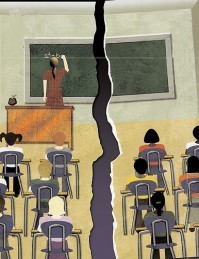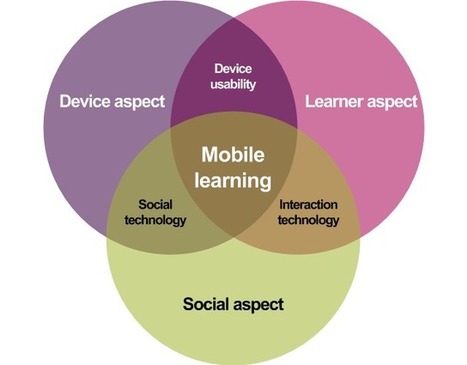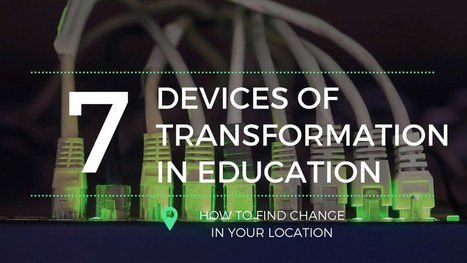These highlights are excerpted from The Quick and the Ed for the benefit of busy school leaders.
The Harkin-Enzi bill, however, does specify 3 categories of schools that must be included in each state’s accountability system:
1. Blue Ribbon Schools – to recognize 5% of schools that have high levels of student achievement or have made impressive gains in the number of students ‘on track’ to be college- and career-ready or graduating from high school;
2. Persistently Low-Achieving Schools – to identify 5% of schools that have low levels of student performance or growth or have low graduation rates; and
3. Achievement Gap Schools – to identify 5% of schools that have the largest achievement gaps between student subgroups or that have low achievement or low graduation rates (in other words, schools that have no gaps because they are 100% minority could still be designated based on low student performance).
Persistently Low-Achieving Schools
For its Persistently Low-Achieving (PLA) schools, districts will choose from a series of 6 options – similar to those in the SIG program – to improve their students’ academic achievement, college and career readiness, and graduation rates.
PLA schools will have 5 years to implement a school improvement strategy of their choice. If they are still identified as a persistently-low achiever after that, the school gets another five years… but the school must either close or choose the “restart” strategy where they reopen as a charter school, a magnet school, or some “other” innovative school model.
Consequences for failure?
There are no consequences for districts if schools don’t improve enough after five years. The bottom line: consequences for failing to improve as a PLA school fall on the school, and schools get a second chance.
Achievement Gap Schools
AG schools...only have 3 years to improve and close achievement gaps that have existed since we began been measuring them.
Consequences for failure?
After three years, if the same schools are identified, the entire district is penalized, not the school.
That district will lose priority or competitive preference status when it applies for grants under any part of ESEA – including the Teacher Incentive Fund, Race to the Top, Promise Neighborhoods, the College Pathways Program, i3, and the Charter Schools Program.
Incentives to "Game the System"
So if when 1 of New York City’s 1,700 schools continues to have large achievement gaps, the entire district could lose out on funding for other key school programs. This creates incentives for districts and states to game the system and avoid designating the same schools after three years.
The Bottom Line
If I were a school leader, I’d much rather be classified as Persistently Low-Achieving than as an Achievement Gap School. Your reaction here should be: huh? Persistently Low-Achieving sounds like the harsher label of the two. But not in reality. There is less guidance for how AG Schools will be improved and less time to make these improvements, with tougher consequences if improvement doesn’t happen.






 Your new post is loading...
Your new post is loading...




































